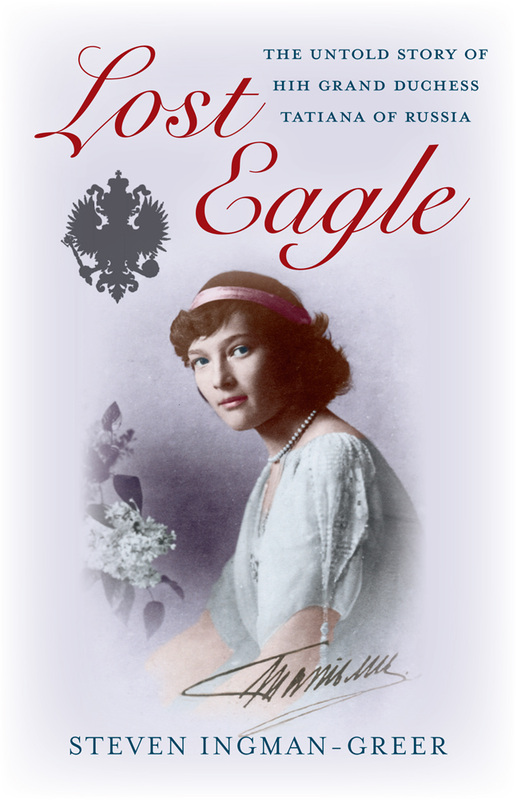Author's Note
Lost Eagle is a work of fiction. It is based on the known facts and extensive research. It has been written in such a way that nothing which I have written could not have happened. I have taken the known facts, and, where facts are not known, I have filled in the blanks with my imagination so that you should not be aware of where one ends and the other begins. Very occasionally, and only where I felt it artistically necessary, I have very slightly altered certain events to better affect the flow of my narrative.
Where the story of Part 2 of the book is concerned I have followed a particular trail of research which is in the public domain and easy for any dedicated researcher to follow. I have listed my sources in the book. Consult them if you wish and follow the trail for yourself. A Note on Soviet and Russian sources: The Bolsheviks were not well known for having much grasp of the truth. If you are in any doubt of this, read the memoirs of the composer Shostakovich as received by his amenuensis Solomon Volkov, “Testimony” (1979). Any historian worth their salt will tell you that during the Communist Era (1917-91), truth, on whatever subject, was whatever the ruling Politbureau said it was. Any change in Politbureau signalled a change in the truth. This was further illustrated by writers who were aware of Soviet tactics such as George Orwell in his two masterpieces “1984” and “Animal Farm”. This rider must be added to any Soviet sources where the Romanovs and their fate are concerned. And here I’m not including the Sergeyev Investigation of 1918-19 or the subsequent Sokolov Investigation and report into the Romanov’s disappearance, an investigation also carried out at the behest of the Whites and not associated with the later Bolshevik Government. It is worth noting that many current politicians in Russia have their roots directly in the old Bolshevik government and its intelligence organisations. There have recently been reports and documents released by the Russians which relate to the Romanovs, diaries etc. It is my belief that these sources should be treated with caution, especially when it comes to sources which purport to explain what happened after the Romanovs left their house arrest at Tsarskoe Selo for Siberia in August 1917. It is a truth that in brutal times, when one regime desires a claim to legitimacy, they show to the world the bodies of their predecessors so that a line can be drawn under the old and the new can begin. It is known that Trotsky in particular wanted a public trial and execution of the Tsar and his family in an obvious precursor of Stalin’s later show trials. This would have done the job neatly. However, the confused events of July 1918 in Ekaterinburg put paid to all that. In the event, for whatever reason, there were no bodies to show the world. And the regime was never able to claim the legitimacy it craved, one reason, amongst others for the damaging civil war which ensued in the chaotic wake of the deaths of the Imperial Family. After nearly a century of conflicting information regarding the events of that fateful month, we are still no closer than we were to clear answers. The Russian Orthodox Church refused to officiate at the burial in 1998, for the clear reason that they did not want to acknowledge the bones as those of saints on behalf of the Faithful when they knew they were not. How they know this they are still yet to explain. But their stance was confirmed by the results of Stanford University’s DNA comparison of the bones with those of the Tsarina’s sister Grand Duchess Elizabeth in 2004 – a comparison which proved negative and contradicted earlier DNA tests carried out in the UK and USA with comparisons using more distant relatives of the family. There is more work to be done until the day when complete, undistorted facts about the fate of Nicholas II and his family finally become available. |
All website content copyright © Steven Ingman-Greer. All rights reserved.

